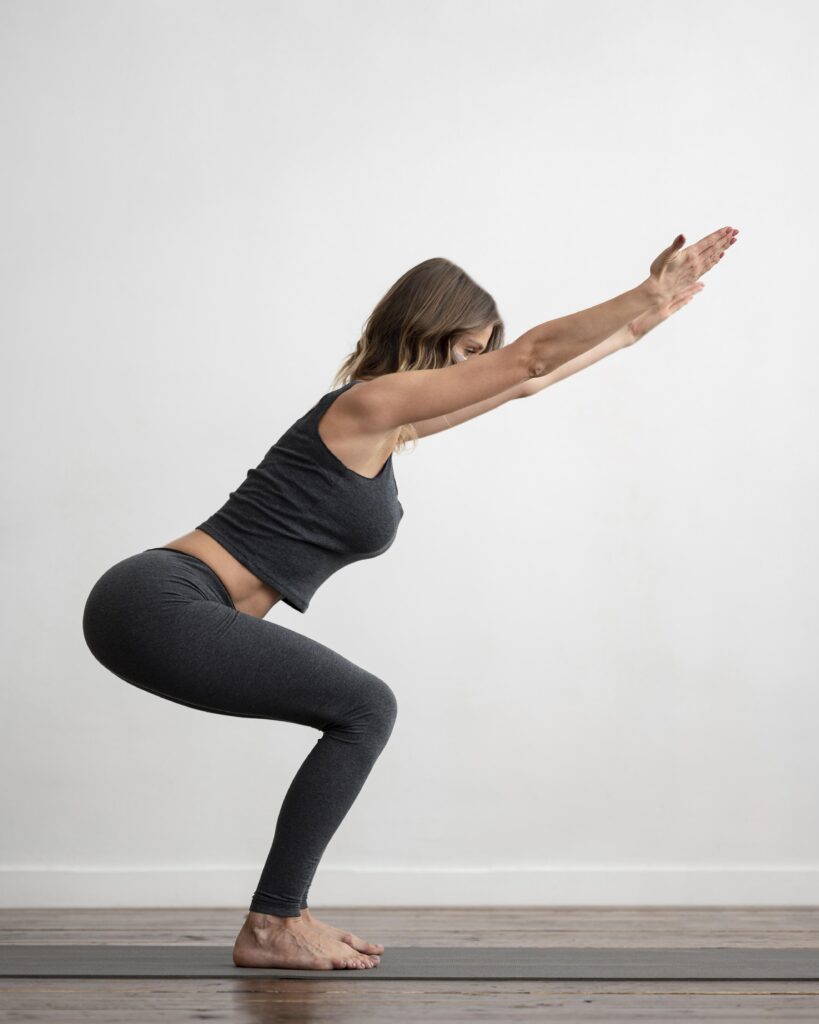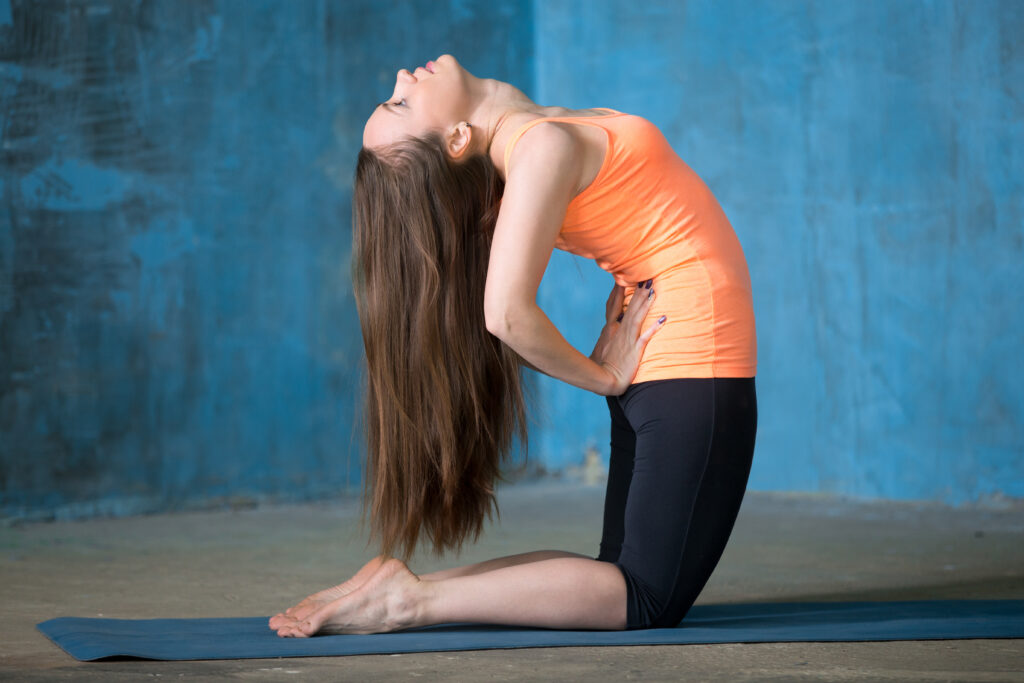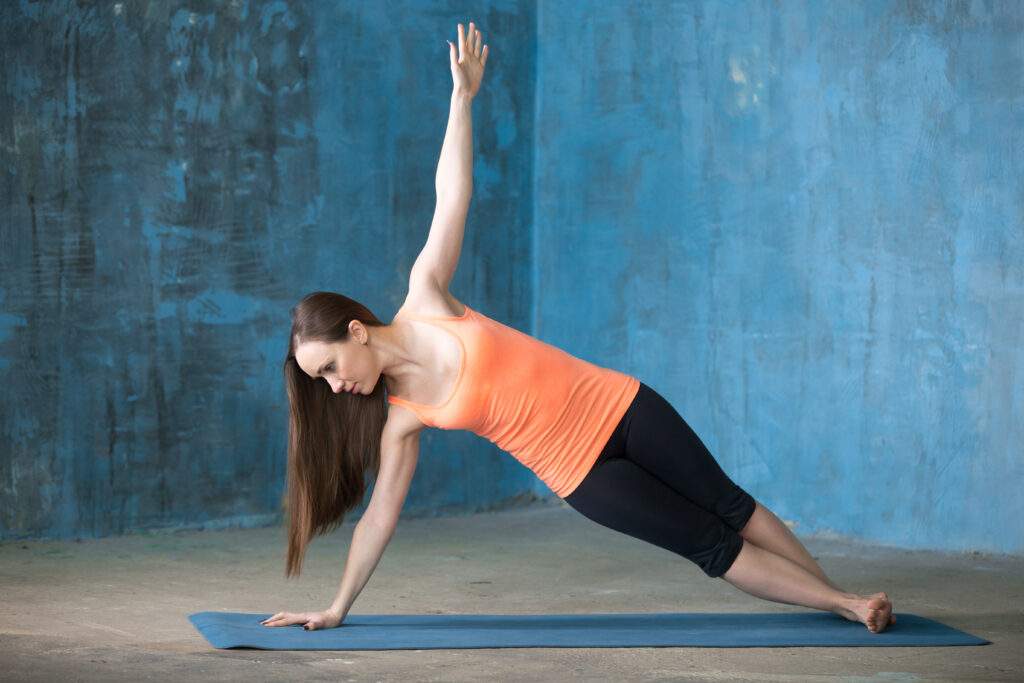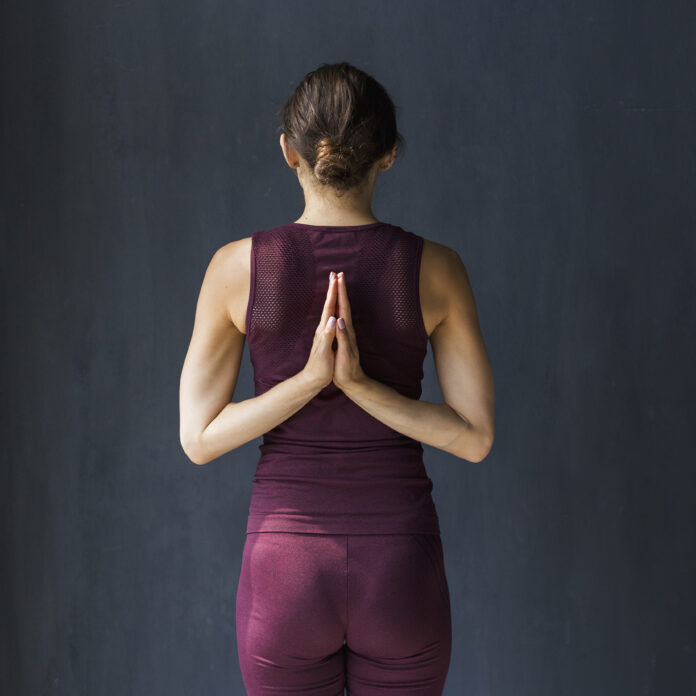One benefit of bringing your Yoga Backbends practice home is the chance to tailor it to your needs. One type does not fit all at a time, and your yoga practice becomes more positive as you gear it toward your own needs as they change every day. Home practice enables you to listen to your inner self, and as you do, you start to understand your body’s needs in a better way. Through this, you can learn to trust your intuition. The connection between your body and mind gets stronger and your practice gives you better results with rewards.
Basic practice is best for you without a teacher or instructor. So begin your journey by developing your knowledge and confidence through experience. A full variety of practice for yoga backbends is more beneficial than practicing similar poses every day. It is human nature to avoid movements that are not categorized naturally, which is why you tend to make movements or poses with the least resistance. In practical terms, your bodies tend towards some movements and actions, and a repulsion to others. Over time, this affinity to develop your strength and remove your weaknesses results in physical imbalances that may be harmful to your body. Yoga backbends can prevent this.
Introduction to Yoga Backbends Initially, you either love them or hate them, but either way, backbends are an integral part of an all-rounded practice. They widen and open the front of the body; deep spinal extension is required as opposed to the flexion associated with forward bends. Backbends are linked with the sunrise, with waking up and moving happily into the world, with growth, expansion, and embracing life. Yoga backbends are termed as “heart-opening poses,” because they engage the front of the body by stretching the muscles surrounding the heart and lungs. This practice enhances the breath capacity and increases the area of the chest cavity. The thighs, hip flexors, and abdominal upper torso are the parts of the body containing muscles that connect the front of the body to the skeleton and allow the spine to make movements in different directions. The muscles of these areas may protest at first as they are asked to move, but with practice, backbends they gain freedom for movement and breath.
Initially, you either love them or hate them, but either way, backbends are an integral part of an all-rounded practice. They widen and open the front of the body; deep spinal extension is required as opposed to the flexion associated with forward bends. Backbends are linked with the sunrise, with waking up and moving happily into the world, with growth, expansion, and embracing life. Yoga backbends are termed as “heart-opening poses,” because they engage the front of the body by stretching the muscles surrounding the heart and lungs. This practice enhances the breath capacity and increases the area of the chest cavity. The thighs, hip flexors, and abdominal upper torso are the parts of the body containing muscles that connect the front of the body to the skeleton and allow the spine to make movements in different directions. The muscles of these areas may protest at first as they are asked to move, but with practice, backbends they gain freedom for movement and breath.
Benefits of Backbends
Many Benefits are linked with backbends that play a crucial role in improving your physical and emotional well-being.
Help in Maintaining the Balance of the Body
Physically, yoga backbends engage the daily activities that involve bending forward your posture and alignment. Misalignments are caused due to some Movements, including sedentary positions, and gravitational forces, and lead to pain in your body. Backbends help your body to maintain balance.
Increased Flexibility and Mobility
Backbends involve the movements of your back, shoulders, chest, and hips. They increase flexibility and improve mobility, which helps promote the length of the spine. Plus, they are a reliable source to relieve tension and pain.
Furthermore, the backbends provide heat and energy to your body, which saves you from fatigue and tightness. But remember to avoid strong backbends right before bed, as they cause difficulty in having a good sleep.
Opening of the Chest and Shoulders

Yoga backbends have a rich source of kundalini energy that is stored in the spine base. This energy is released during yoga backbends and in return stimulates your heart chakra, located in the middle of your chest cavity. Therefore, they are often referred to as heart wideners. Moreover, the backbends are considered an amazing source of increasing your capacity for connection, compassion, and love.
Strengthening of Back Muscles and Core
Paradoxically, backbends also build strength and produce energy. In any workout, one muscle or set of muscles is engaged through contracting to relax the opposing one, this will strengthen both. In backbends, the whole back of the body is involved in activities that may help to open the front, creating stronger back muscles with a smooth movement in the spine. In addition, opening the lungs allows them to transport more oxygen to the body, which is essential to nourish and energize the body cells. As the spine becomes more flexible, the back becomes stronger, and the lungs can open more widely, the body is rejuvenated, having energy and more capacity to deliver oxygen. Yoga backbends are a wonderful addition to your practice and have various advantages, including:
- Activate spinal movement and alignment
- Strengthening back muscles
- Enhanced range of motion in hip and shoulder joints
- Release of tension in the shoulder and neck region
- The improved volume of breath
- Improved digestion
- A new burst of energy
- Promoted mental sharpness
Help in Self-Investigation
Along with practical health benefits, yoga backbends are also a tool for self-investigation. As your practice progresses, backbends can provide a laboratory for this exploration, and enable you to respond to more challenging postures. But if you do only difficult ones, you won’t have much fun. Practice should bring both joy and progress; it should be a combination of motivation and continuity.
Safety Tips for Learning Backbends
Practice with awareness and caution will maximize the benefits of backbends. So, always perform warm-up activities before attempting real backbends and take a rest afterward. You can perform the exercises that involve your upper body, hips, and thighs to warm up your body before the backbends attempt.
- While trying for advanced poses, do at least three backbends consecutively. This practice will save you from injury.
- Don’t hold challenging poses for too long. Try to hold a pose for a shorter time and repeat it two to three times. But don’t forget to give yourself time to fully relax in between repetitions.
- Stretch your muscles or organs to a comfortable degree, and remember that the stretching limit varies from person to person.
- Avoid putting strain on your neck or any other body part as putting forced strain on any part of the body may cause injury. So, adjust your neck or any body part that is involved in the backbends to a comfortable position to secure yourself from injuries.
- Make your breath steady and smooth throughout the back-end practice.
- Practice them under the guidance of a professional trainer, if you’re pregnant or have a neck or back injury or any type of headache.
- Finally, discuss with your doctor before starting a yoga backbends program. In case of using medicines for any disorder like high blood pressure, osteoporosis, or arthritis you must have the opinion of your doctor before starting yoga practice.
Beginner-Friendly Yoga Backbend Poses
The easiest pose is the best workout initially. So start with a simple pose and then move towards the advanced one. Focus on your upper body, hips, shoulder, and back muscles at the start of your practice.

Practice daily will enhance flexibility and range of motion of your muscles which may help you to go deeper into advanced poses. Practicing simple backbends will develop awareness about the strength of your different body muscles and improve the alignment as well.
Cow Pose (Bitilasana)
This pose is actually to warm up your spine, promote blood circulation, and enhance flexibility. It engages your neck, chest, and hips, to strengthen your back and it also works best to relieve your tightness and tension.
How to Practice?
- Start it with a tabletop position with your wrists under your shoulders and your knees should be under your hips. Transfer your weight between your front, back, and sides. Keep your elbows in bending form. Maintain a neutral spine toward the floor.
- During inhaling, fill your belly with air and lower it toward your mat. Gaze up toward the ceiling. Hold this position for 3 breaths.
- During an exhale, return to a balanced spine.
- Now take a Cow Pose and back to an initial position with each breath. Continue this movement for up to 60 seconds.
- Rest for up to 1 minute. Return to a balanced spine.
- While inhaling, move into Cow Pose.
- During exhale, round your spine and tuck your chin into your chest.
- Alternate the two Cow Pose and Cat Pose, keeping your breath smooth.
- Continue this flow for up to 2 minutes.
Sphinx Pose (Salamba Bhujangasana)
This backbend pose lengthens your spine, promoting flexibility and mobility. This works to stretch your shoulders, provides a gentle widening across your chest, and elongates your abdominal muscles.
You can pay attention to your alignment and muscle activation due to the passive nature of this pose. It is more challenging in advanced postures.
The arm position enables you for poses like Cobra, Low Plank, and High Plank. The guarding position of the Sphinx Pose puts less strain on your spine, thus you can hold the pose for longer. This helps you strengthen your spine before boarding on the journey to advanced backbends.
How to Practice?
At the start, place your elbows and forearms slightly forward, this may reduce the intensity.
- Gently activate your upper arms, to open your chest while drawing your elbows in toward the center.
- Squeeze your shoulder blades together while Relaxing your shoulders away from your ears.
- The energy will flow from your wrists into your elbows.
- Relaxing your glutes and thighs will Work on strengthening your spine.
- Now, tilt your head back; this will stretch the front of your throat.
Cobra Pose (Bhujangasana)
This active backbend is considered best for mobility and flexibility improvement. Cobra pose stretches your abdominal walls and strengthens your leg and gluteal muscles. But don’t compress your lower back to lengthen your spine. This may cause injury.
How to Practice?
- Lie on your stomach and keep your legs straight.
- Touch your big toes together and move your heels outward.
- Palms down, with your fingers facing forward, while Placing your hands under your shoulders.
- While inhaling, gradually raise your chest, shoulders, and head.
- Slightly bend your elbows.
- Gaze straight ahead.
- While exhaling, lower your body back to your mat.
- Now take a rest and turn your head to one side.
- Gently move your hips from side to side and alleviate low back to remove tightness.
- Repeat this pose 2-3 times.
Locust (Salamander)
This pose engages your back, core, and leg muscles. It also opens your chest and stimulates your digestive organs. Locust pose guides you to align your body, which improves your posture and helps you to get ready for performing deeper backbends. This pose teaches you to experiment with various arm and leg positions to target your muscles.
How to Practice?
- Lie on your stomach and touch your big toes together by turning your heels out to the side. Rest your arms near your body. Now gently Rest your forehead on the floor.
- While inhaling, lift your head and arms. To deepen the pose, lift your head as well as one or both legs.
- Gaze straight slightly upward.
- While exhaling, slowly go back to the starting position.
- Turn your head to one side and take a rest for a while.
- Gently move your hips from one side to the other. This may release your low-back tension.
- Repeat this pose 2-3 times.
Fish (Matsyasana) This pose strengthens your neck and upper back. It stretches your chest, abdominal muscles, and hip flexors to enhance flexibility and mobility. So, Pay attention to your alignment changes by performing backbends of various arm and leg positions.
This pose strengthens your neck and upper back. It stretches your chest, abdominal muscles, and hip flexors to enhance flexibility and mobility. So, Pay attention to your alignment changes by performing backbends of various arm and leg positions.
How to Practice?
- Sit by extending your legs in front of you. Place your hands under your buttocks.
- Draw your elbows toward the center and widen your heart center. Then, lean back onto your forearms and elbows. This may help you to keep your chest open.
- Now slightly tilt your head back.
- Then release, lie down, and relax.
Conclusion
Yoga Backbends are an effective way to incorporate flexibility, mobility, and strength into your muscles. Starting with this beginner backbends guide is the safe and slow procedure to build up a routine for yoga backbends. The most important thing is to listen to your body and work within your limits.
With time you may get enough knowledge and experience to move on to intermediate or advanced backbends or continue to practice gentle backbends. But it is confirmed that these backbends must give you positive results.







